21st Century Thrifting: How Thrift Shopping Hurts and Helps Vulnerable Communities
Over the years, thrift shopping has changed from being an essential practice for the working-class to becoming a fun activity for Gen-Zers shopping for trendy vintage items.
Before the industrialization of the fashion industry, working people reused and resized homemade fabrics to create new garments. Even the rich had limited access to fashion, as affluent American women of the late 19th century annually traveled to Paris to buy the latest clothing and accessories for the year, valuing quality over quantity.
It was not until the developments of inventions like the sewing machine and the spinning jenny that clothing began to be mass produced at low costs and sold at cheap prices. The increase in clothing meant that affordable fashion was seen as more disposable, and mainstream manufacturers responded by creating the consumerist “fast fashion” industry of the present day.
Though buying second-hand clothing was discouraged due to hygiene concerns and racial stigmas, thrift stores became a common American tradition by the 1920s thanks to the efforts of organizations like the Salvation Army and Goodwill. Within the last decade, Gen Z has given thrifting a whole new identity, and while its rise in popularity has many benefits, it also negatively affects low-income Americans.
Today, we hope to inform you about the advantages and disadvantages of thrifting shopping, and how you can shop sustainably without hurting other communities.
Clothes require tons of materials and water to produce, with one pair of jeans taking roughly 1,800 gallons of water to make. Additionally, 85% of the water used in textile processing ends up polluting nearby water sources. Manufacturing clothing is extremely environmentally taxing, and by wearing second hand clothing, you can avoid hurting the environment.
Additionally, a common struggle for plus sized people is finding clothes in their size, and thrift stores often carry more diverse sizing. Over 70 percent of the U.S. population wear sizes 14 and up, their sizes make up only 18% of retail clothing sold per year. In most traditional stores, there is a severe discrepancy between sizing options available, and thrift stores offer much better options and have more variations in styling.
A huge appeal amongst teens are the vintage clothes available at thrift stores. Some of the more trending styles in the past months are “y2k” “2000s” “flare jeans/70s”, and although some brands may try to recreate these styles, thrift stores sell these clothes at a cheaper price.
Teenagers need affordable options and because thrift stores get their clothes for free, their prices are dropped to a much more reasonable price point, especially since many teens don’t have jobs.
Thrift stores also take donations, which continues the cycle of clothes developing less waste. The average American throws away 87 pounds of clothing per year and with thrift stores you can donate them rather than send them to incinerators. Trying to keep clothes longer and donate them when they don’t fit, is a simple way to help the environment without spending money.
Thrift stores present a unique opportunity to their shoppers, where anyone can be anything. Unlike retail stores they don’t shop by seasons or trends, but rather exist as a catalog for the evolution of fashion, and provide a look into past styles, and highlight what the future may hold.
The increasing appreciation of thrift shopping by wealthy consumers decreases the already limited options available to low-income shoppers. These days, second-hand shopping no longer reflects the stigmas associated with uncleanliness and poverty. Instead, those who can afford to spend money on high-quality and low-impact items turn to thrifting for the sake of eco-consciousness. This leaves less items available to the low-income communities who truly need them because they have no other options.
In addition, more people are reselling their thrifted items at marked-up prices. Depop, a popular social shopping app, is infamous for this, with some of their popular users primarily going to thrift stores to buy items that they can resell for their own profit. One-of-a-kind and vintage items initially targeted towards disadvantaged communities end up on the online marketplace with consumers willing to buy unique products at any price.
This is problematic because the privileged are at an advantage and use the stores for entrepreneurial gain. They have the time to sift through the stores for hours and are able to revisit when the stores restock, while working individuals do not have this flexibility. Marking-up the prices also questionable, as it excludes lower-income from items they otherwise would have had access to.
The rise of thrifting also causes spending practices to prioritize quantity over quality. Because thrift stores sell items at such low prices, wealthier consumers find joy in being able to buy more things for the same price as a single item at a more expensive location. This works against the minimalist principles that makes thrifting a sustainable practice.
Now after reading all of this, you may be curious as to how you should shop in the future. The answer is simple, find a balance. By keeping your clothes longer, shopping at thrift stores occasionally, you have to wear the clothes you love and avoid hurting our planet. Remember that you are not the only shopper, and stay conscious!
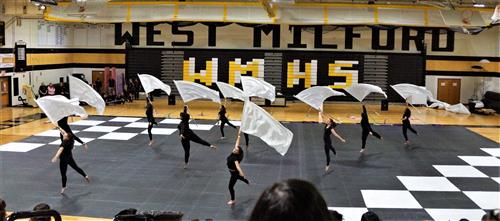

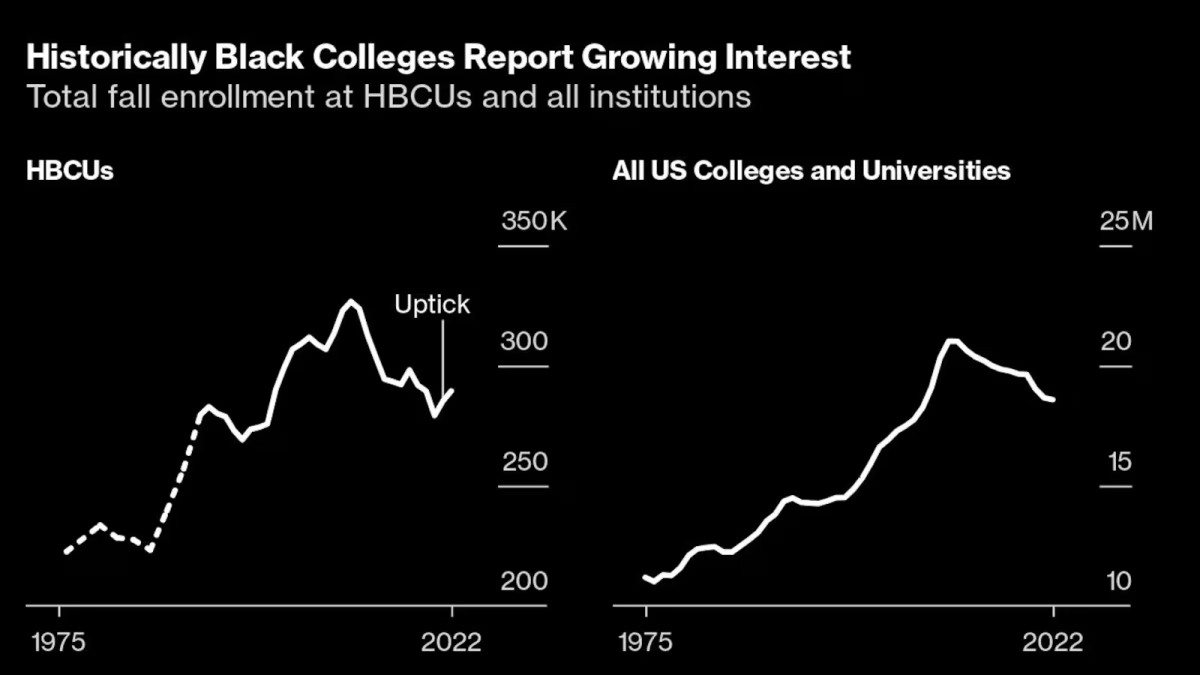
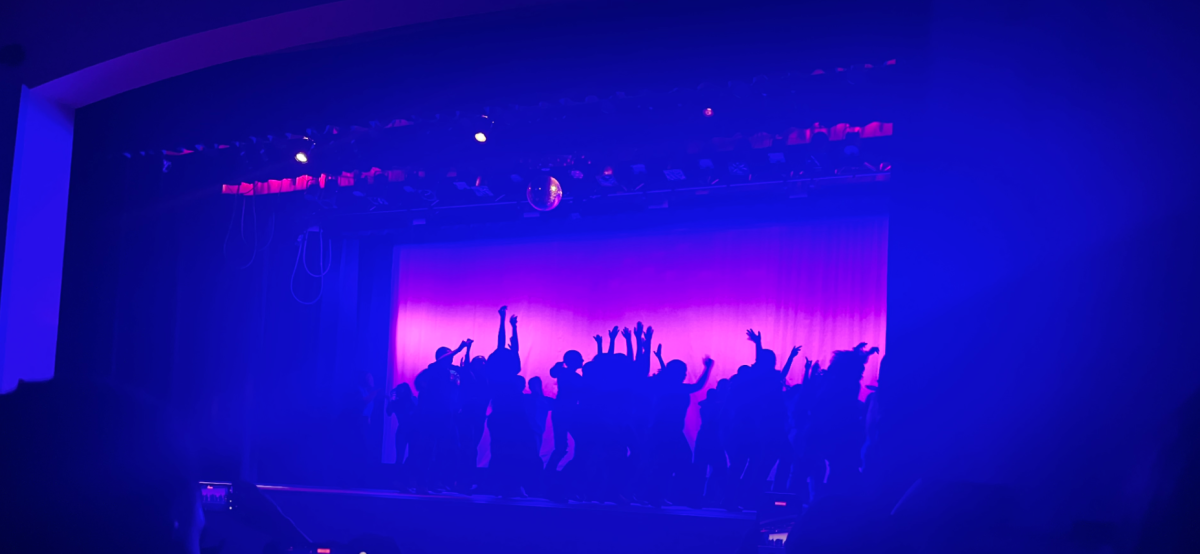
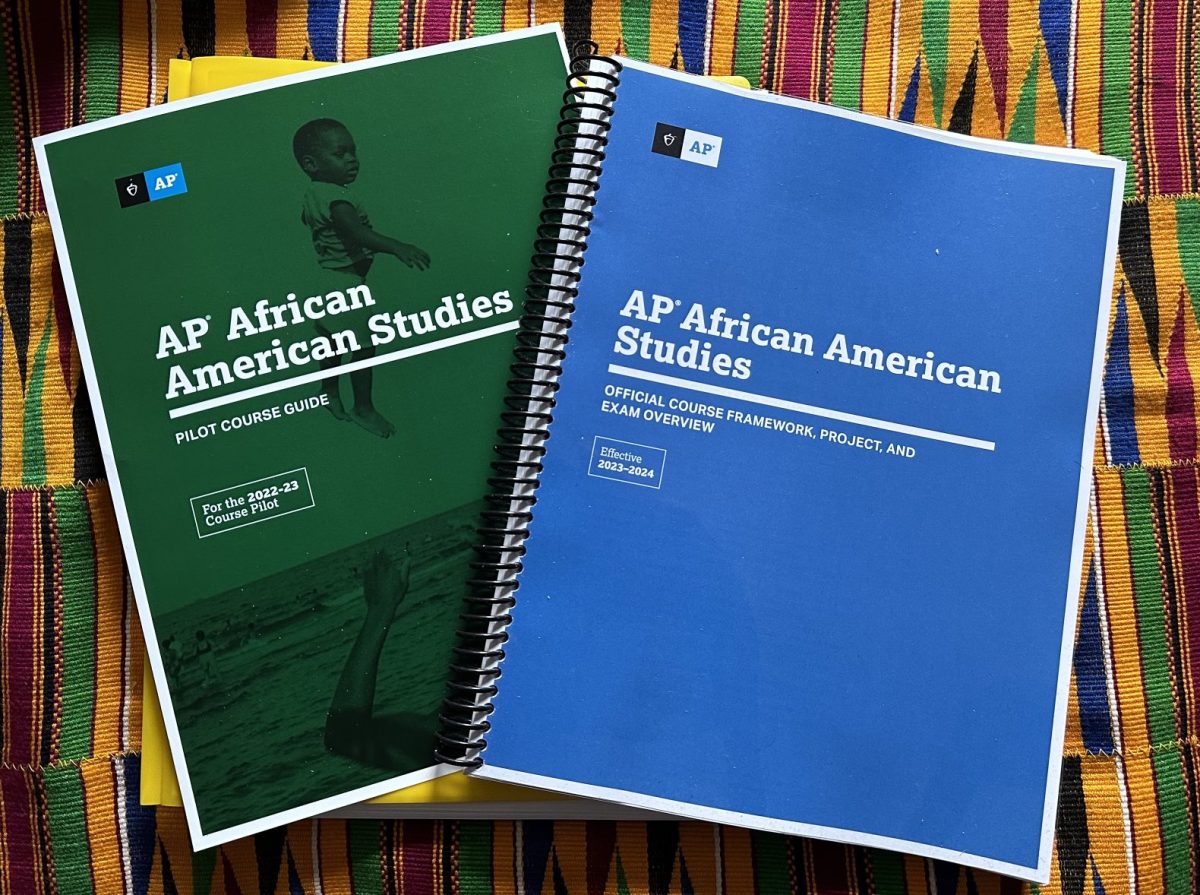

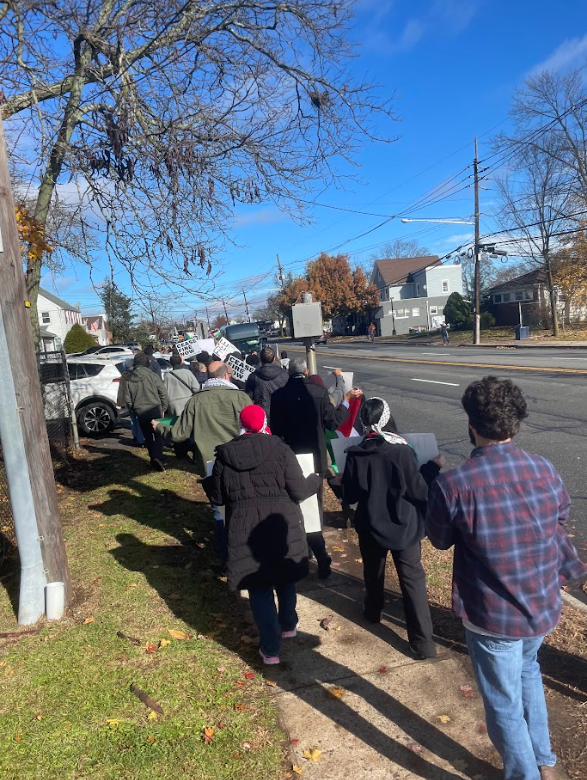

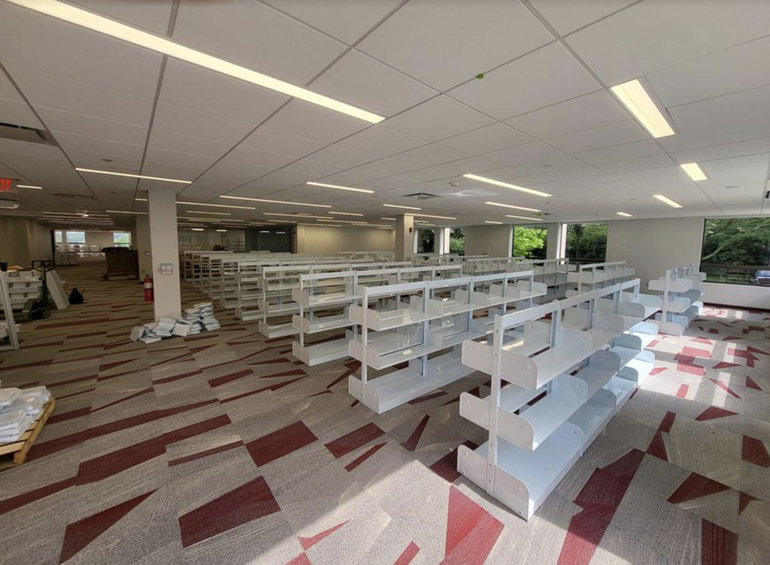


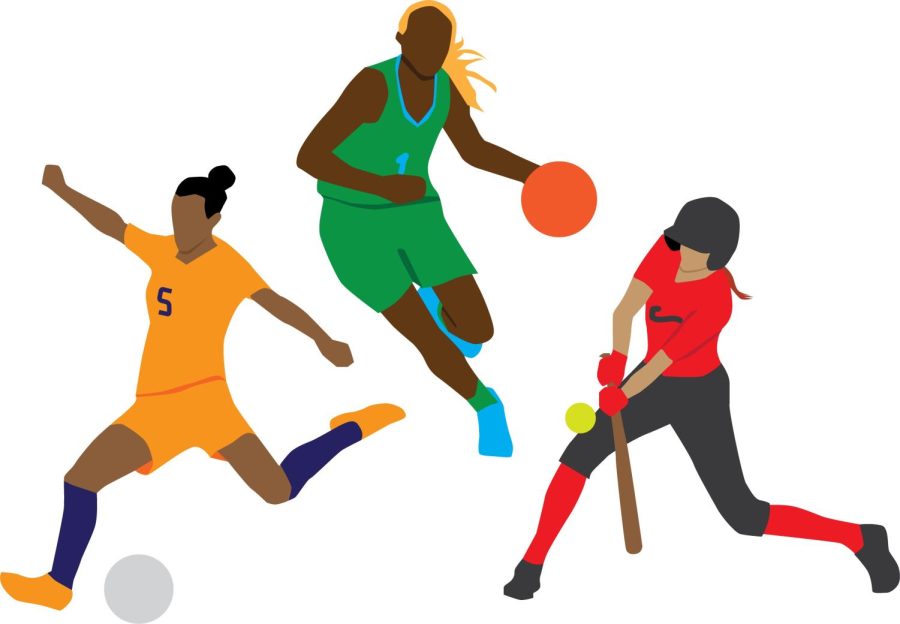
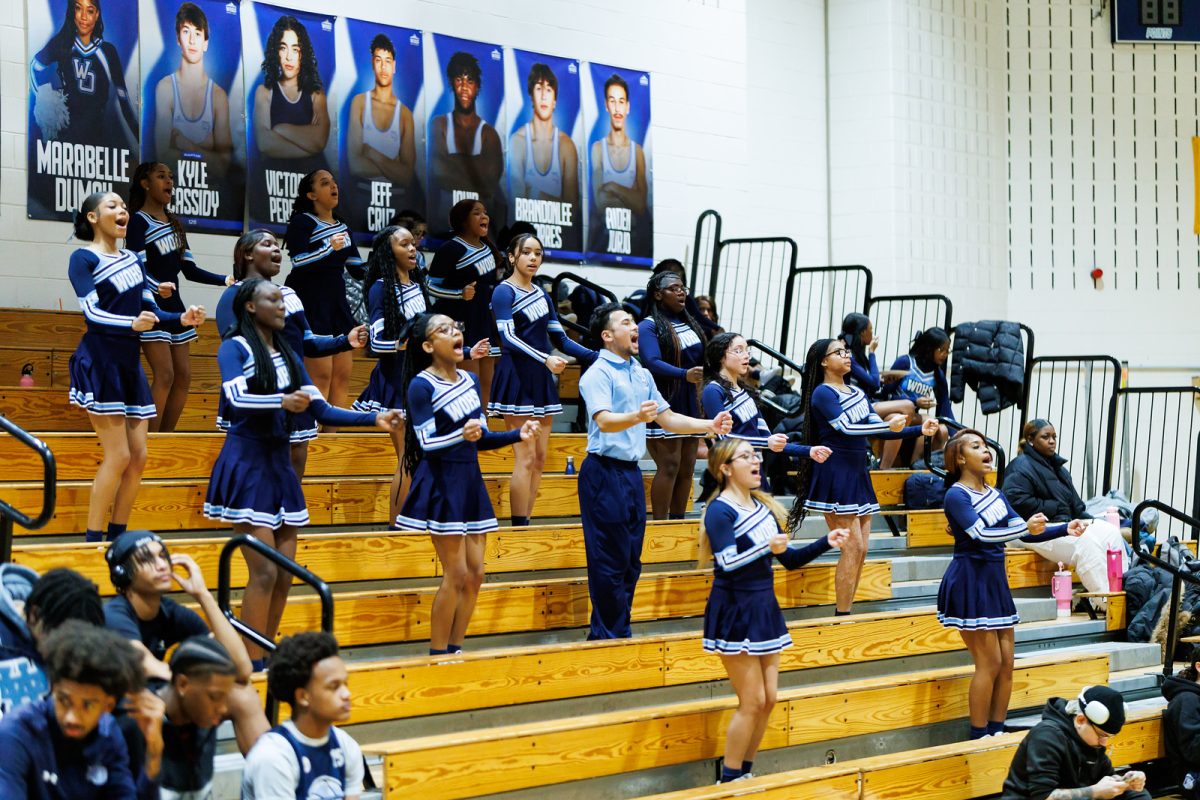






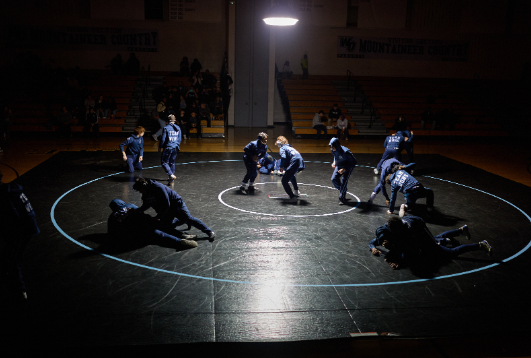
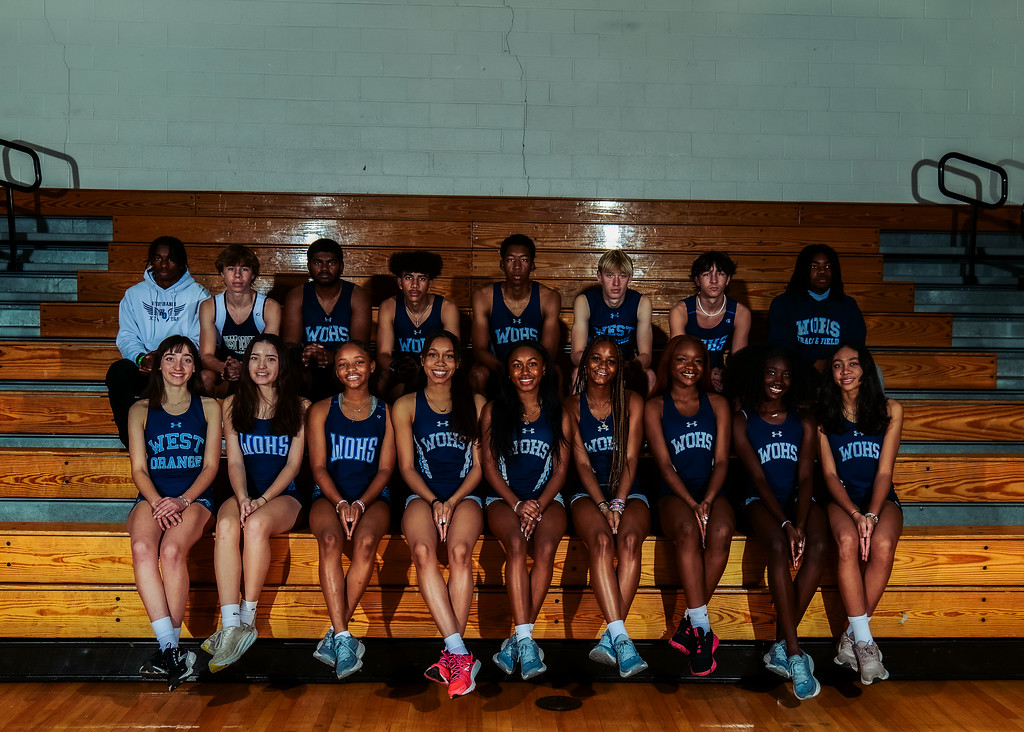




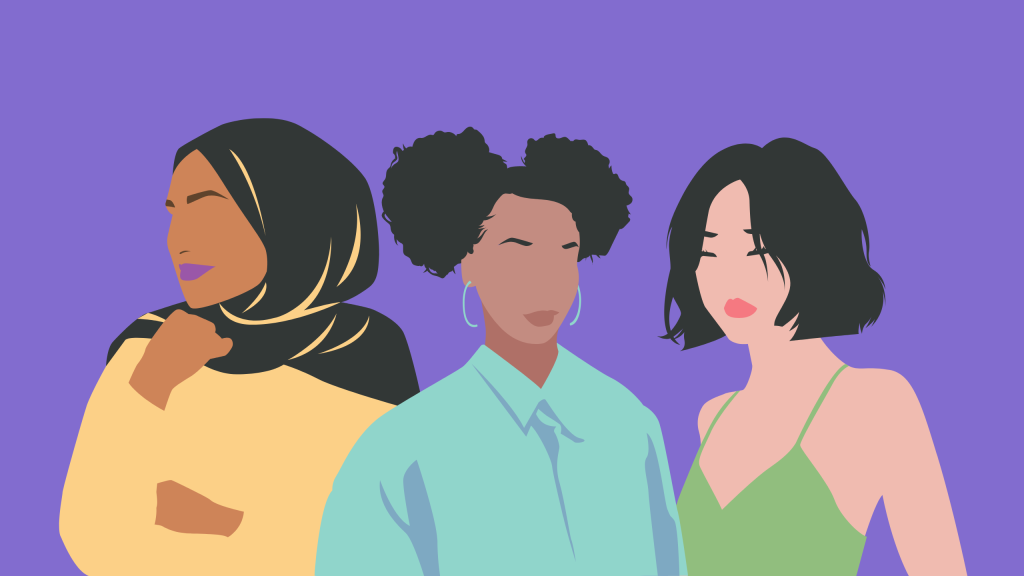

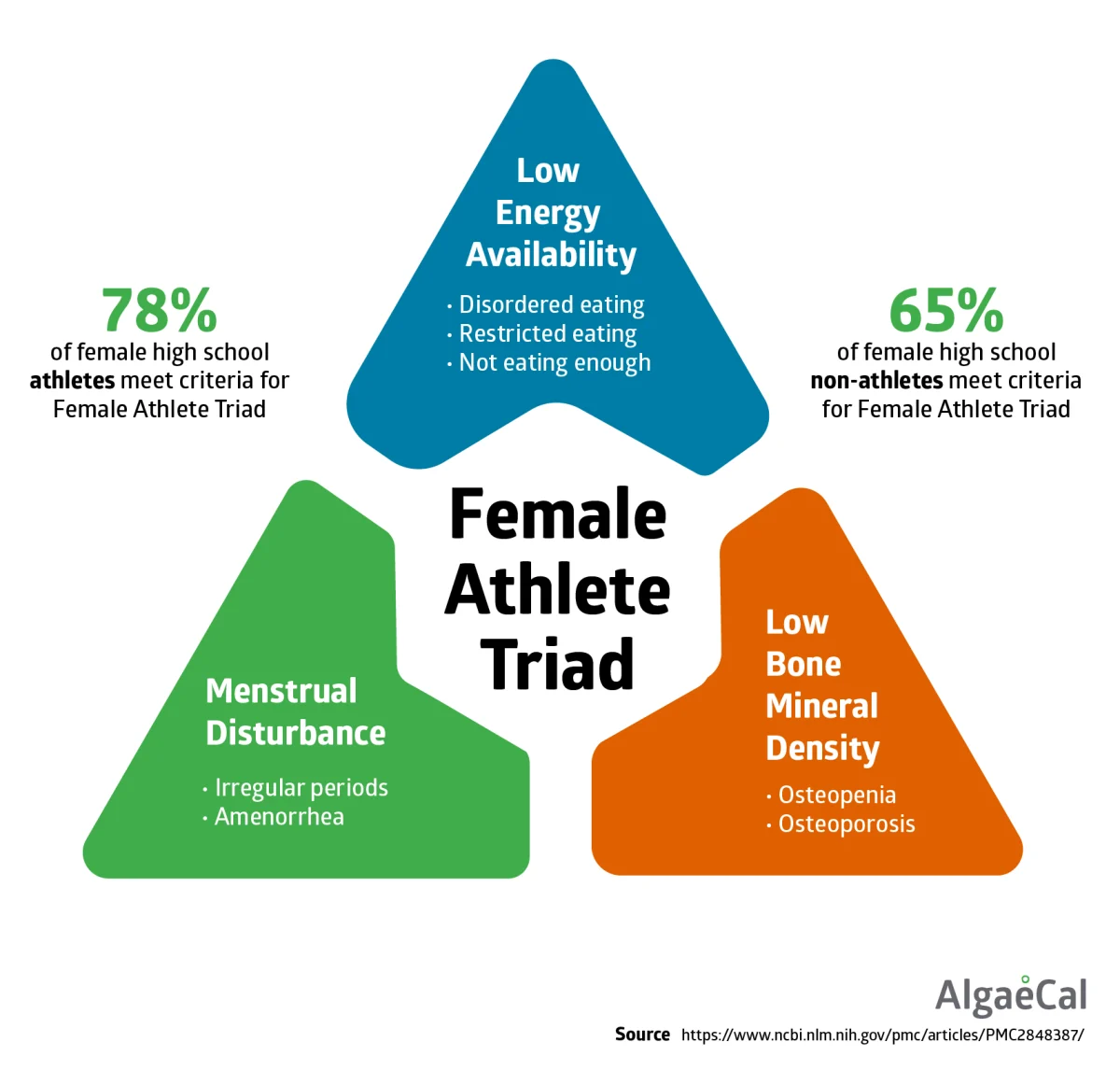



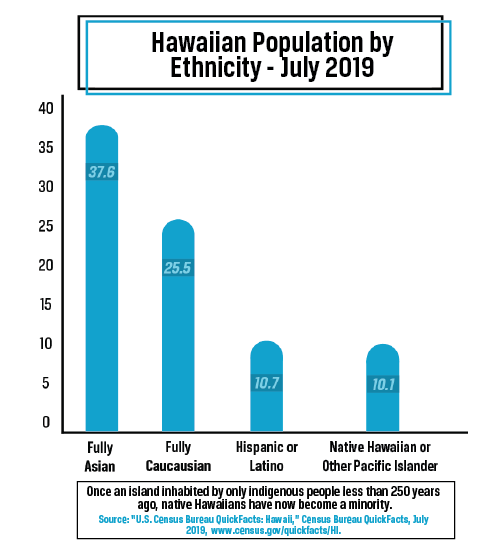


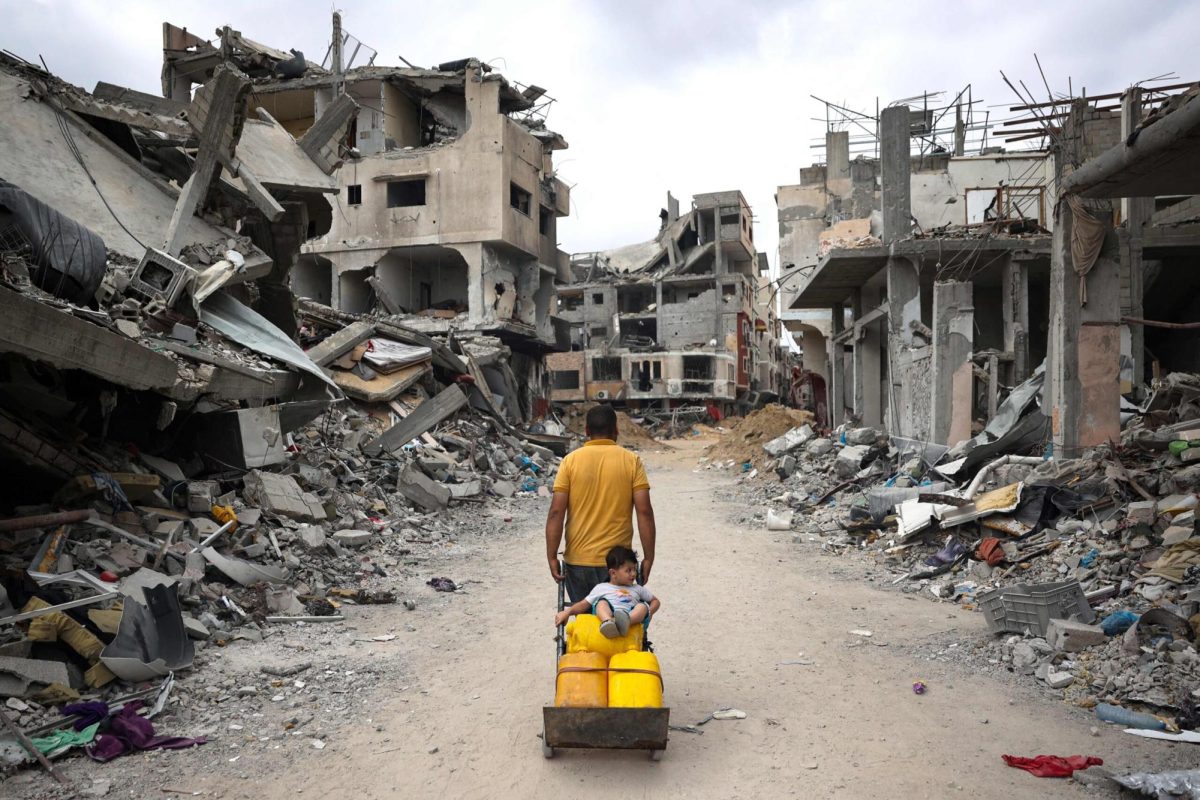




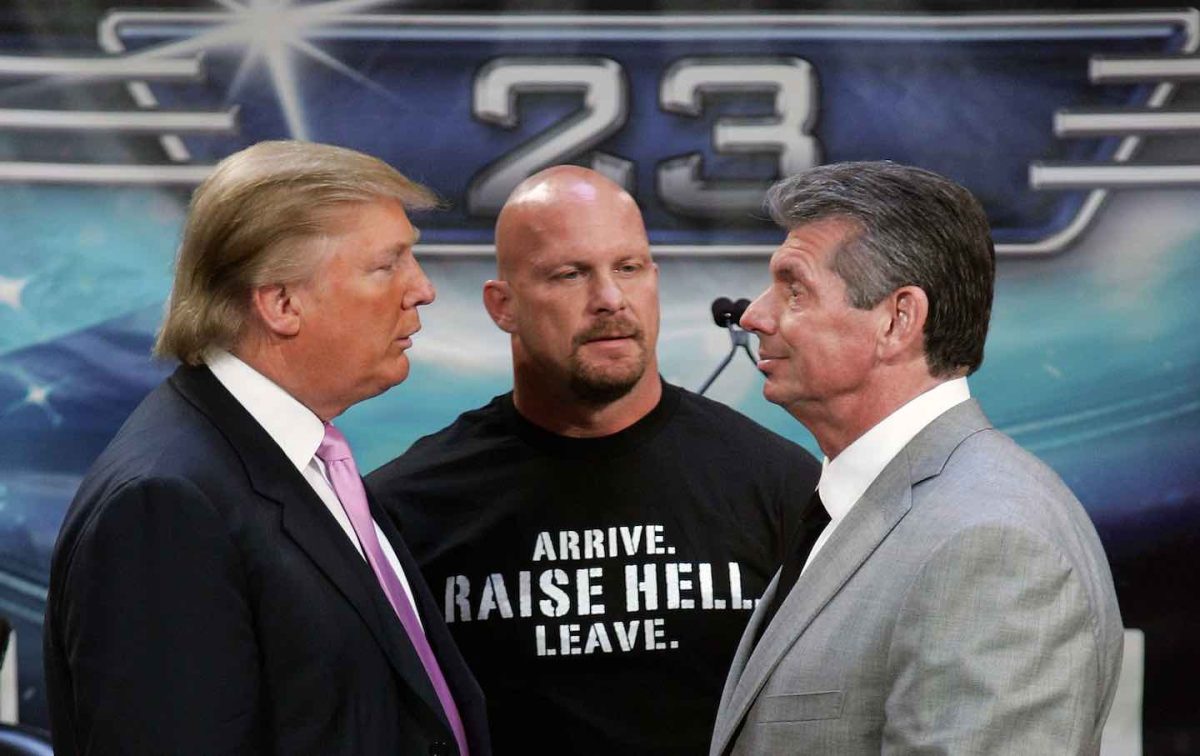
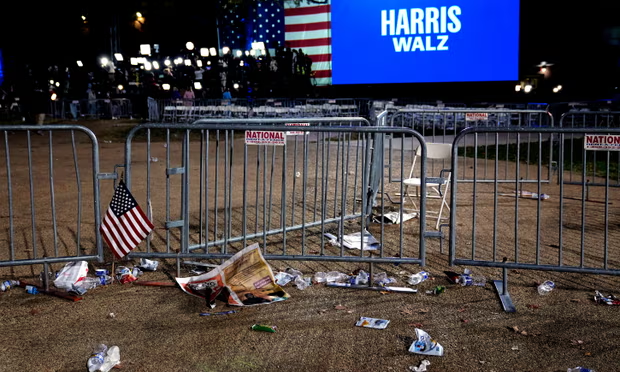

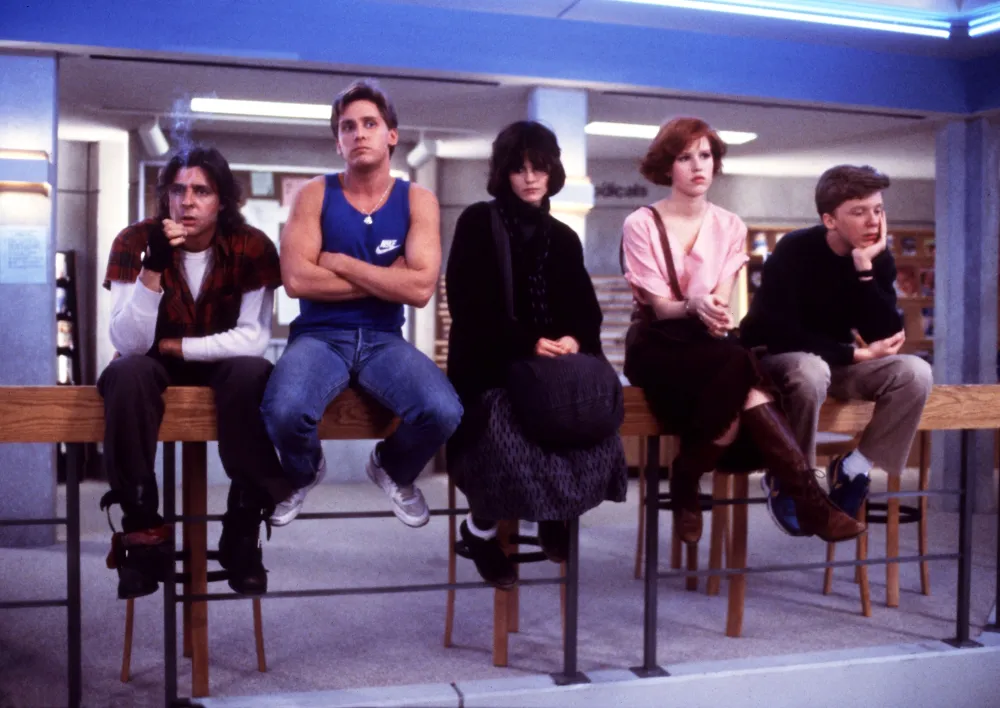
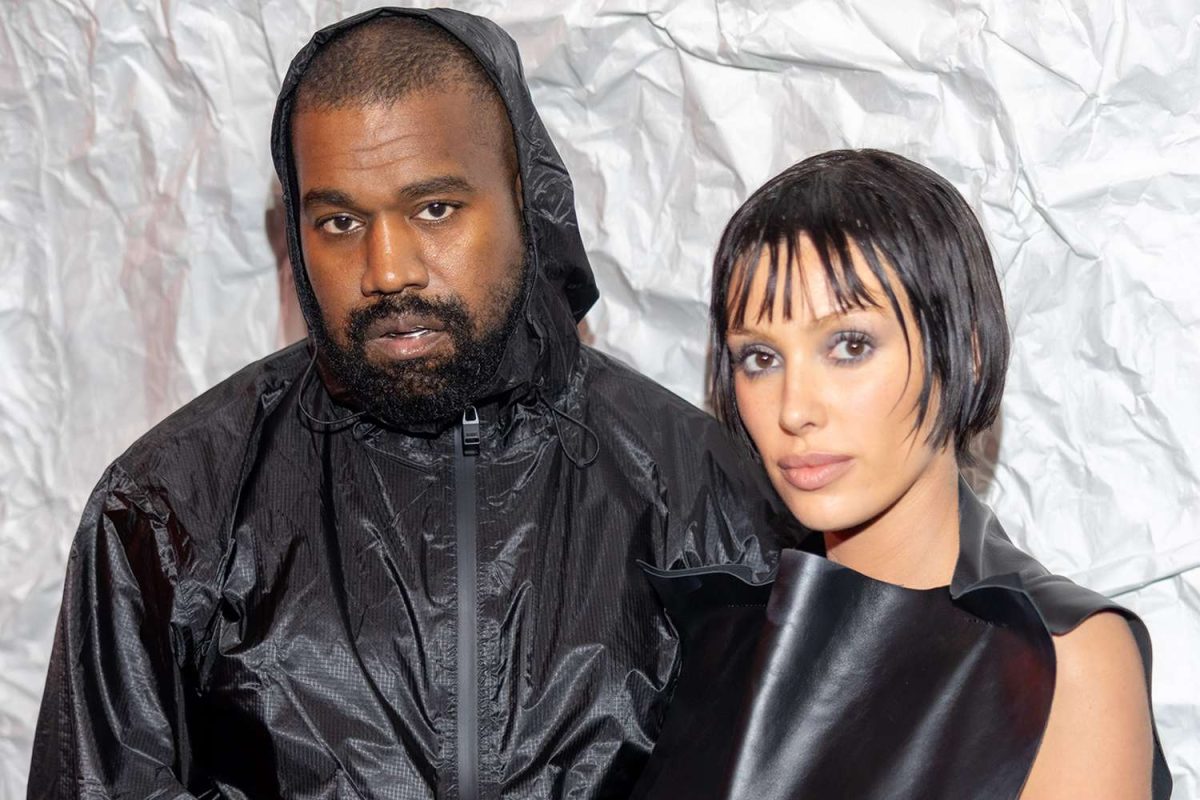
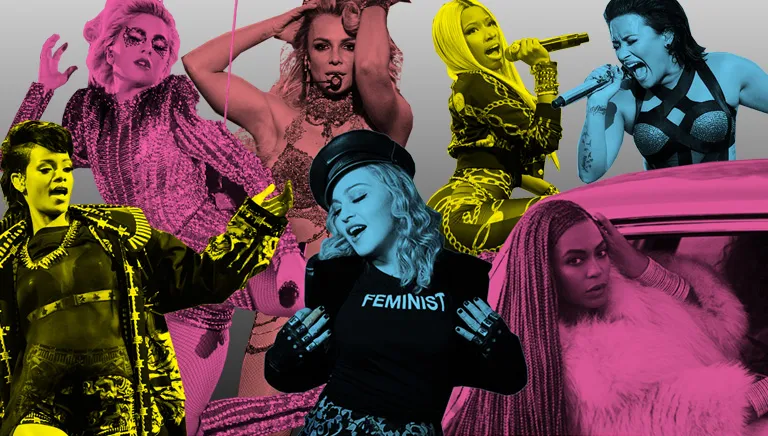
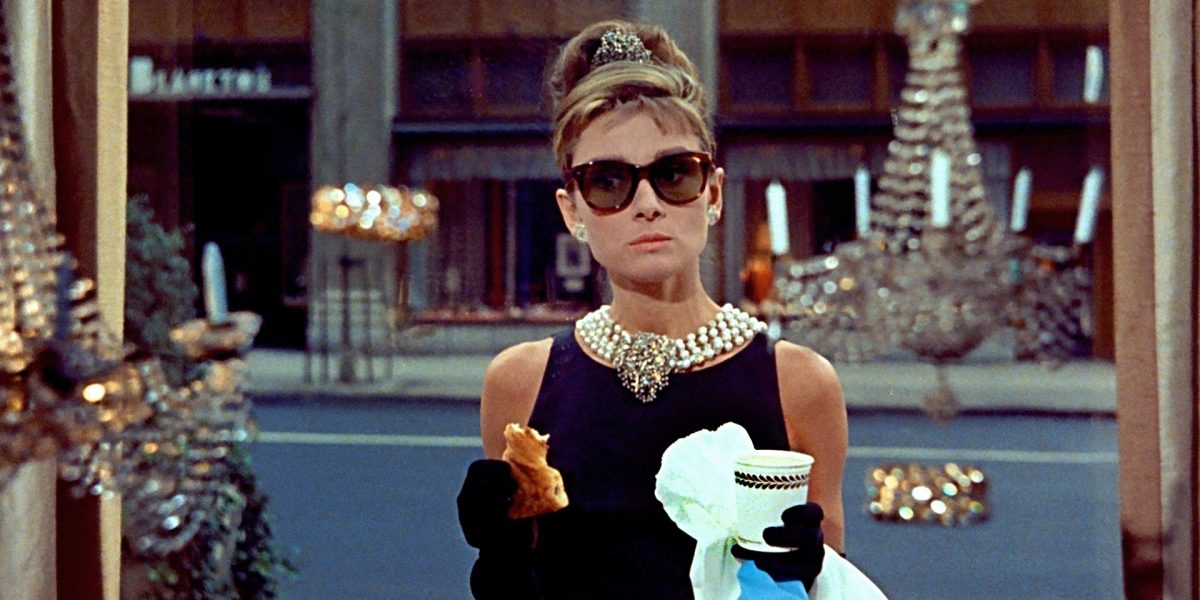
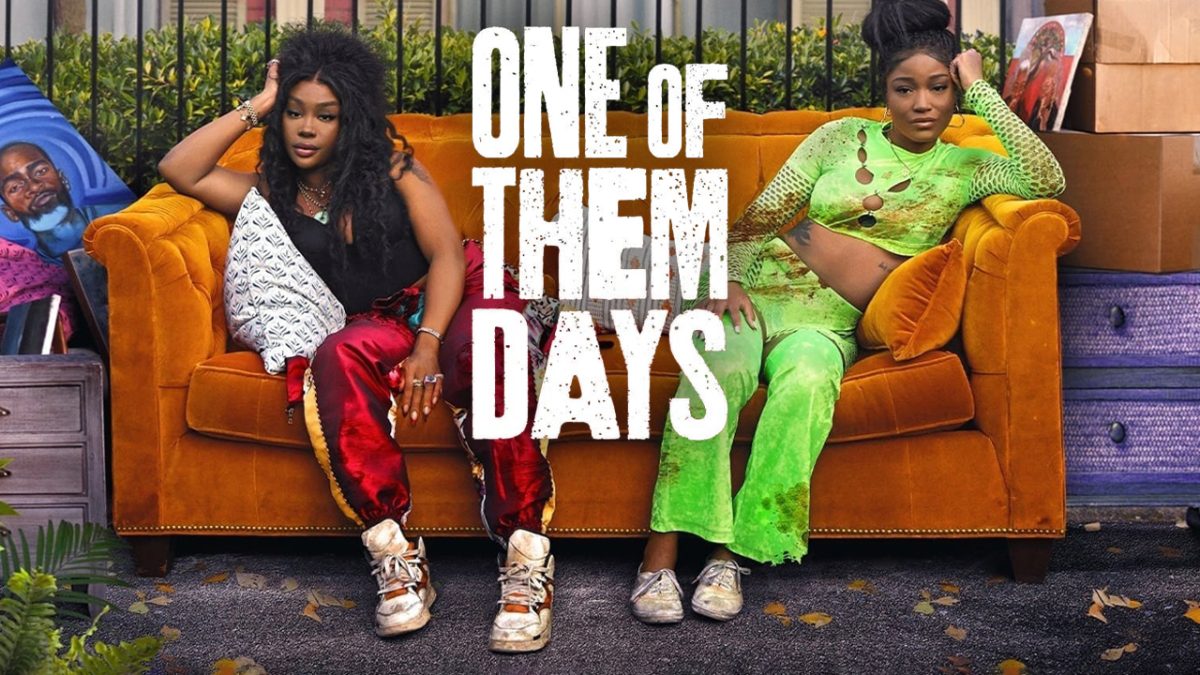


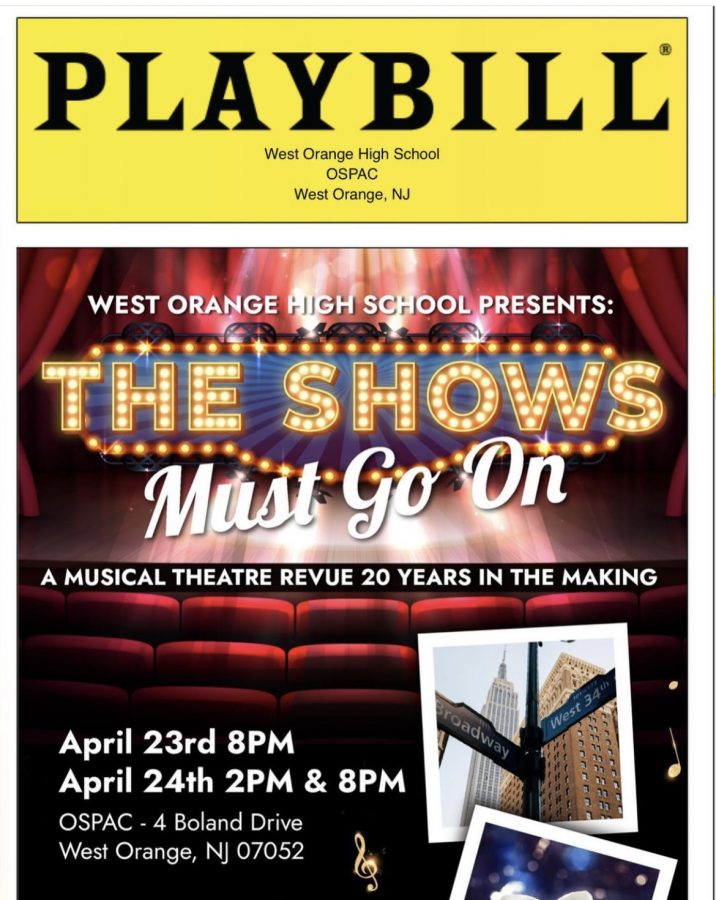
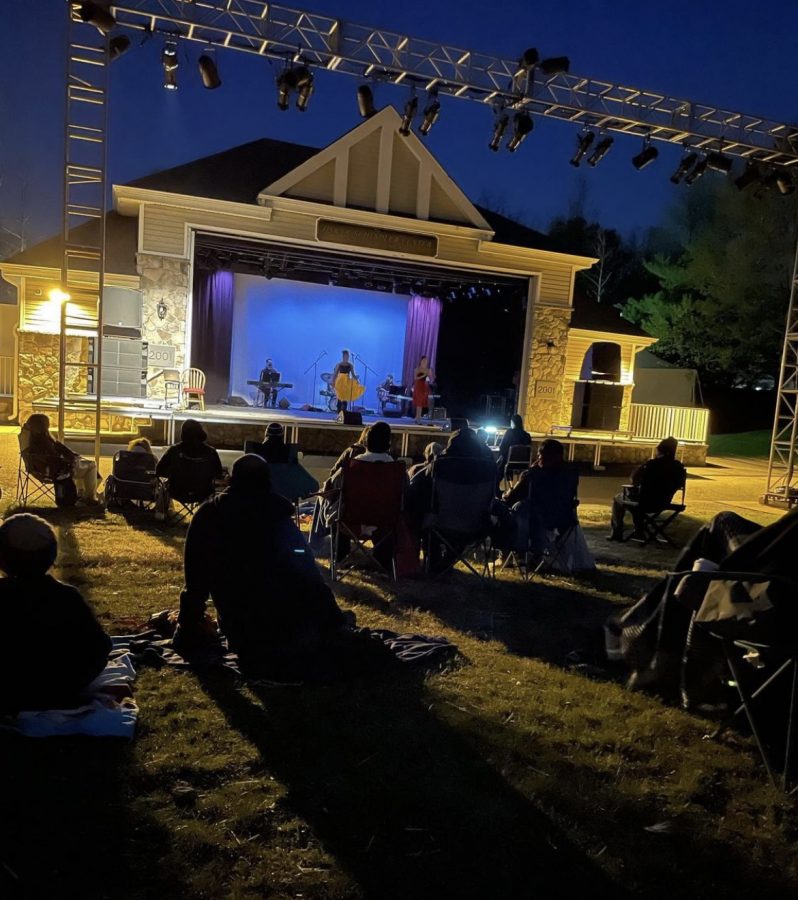


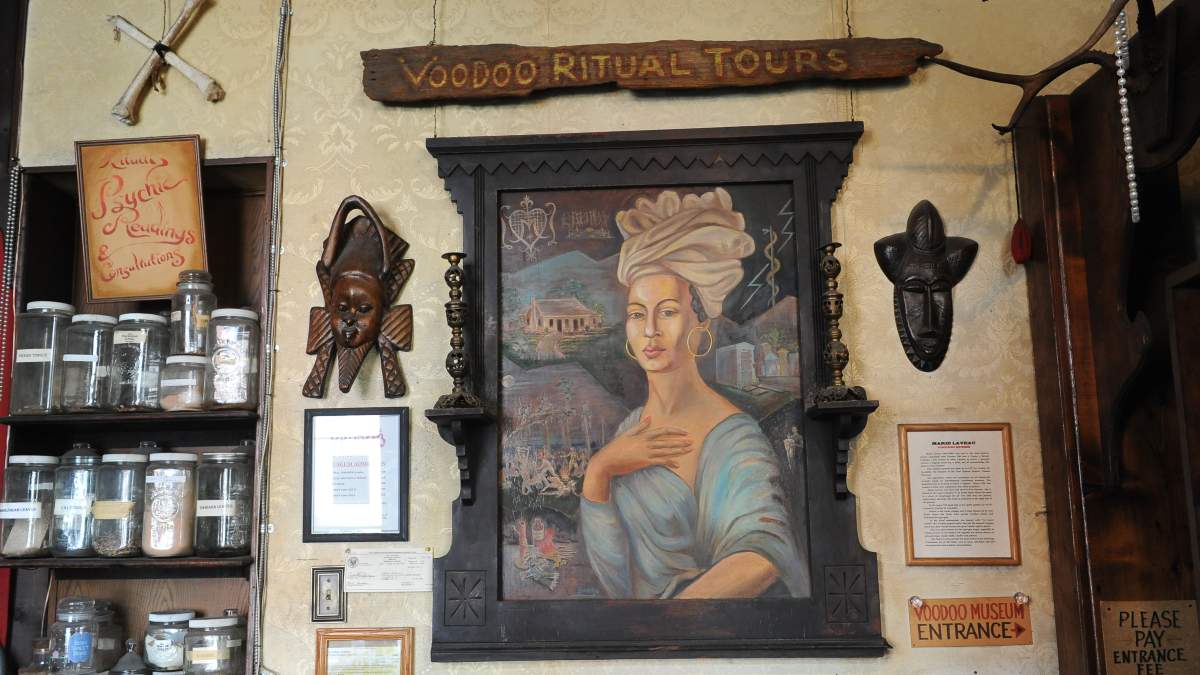


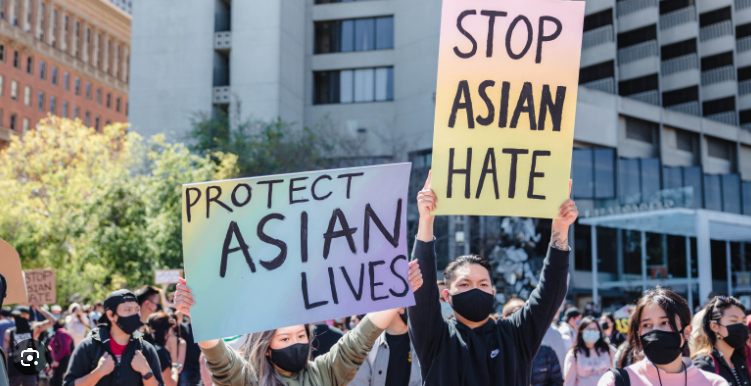

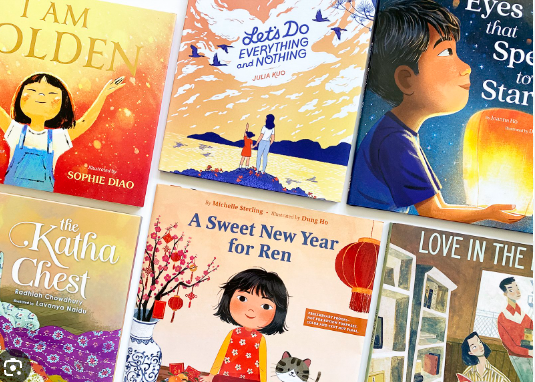


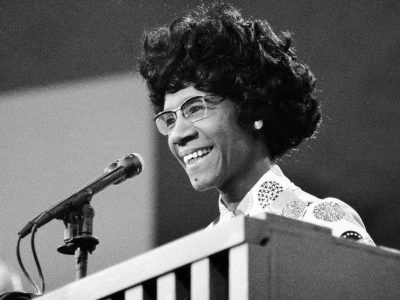
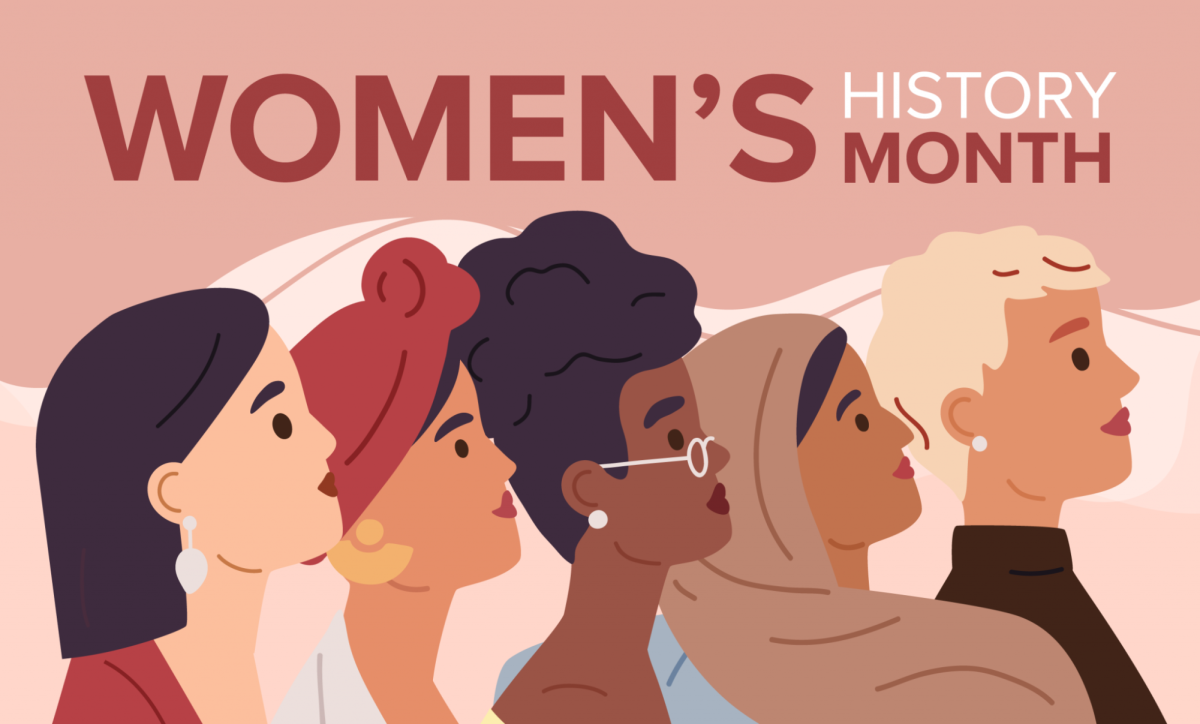
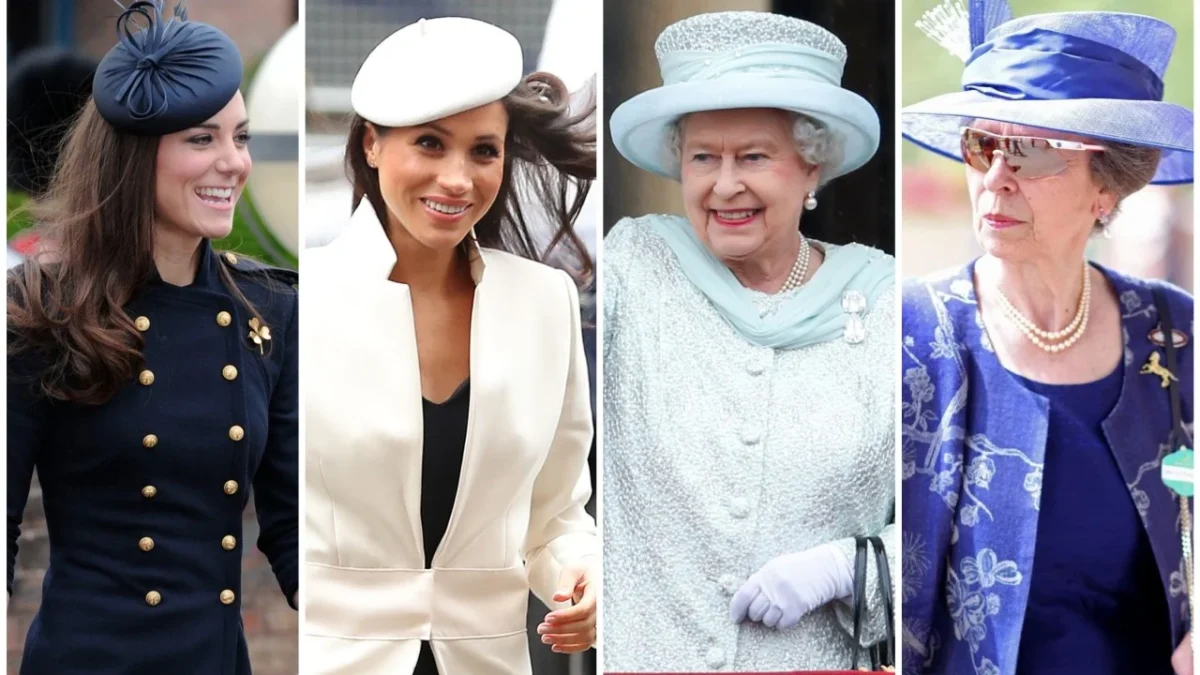
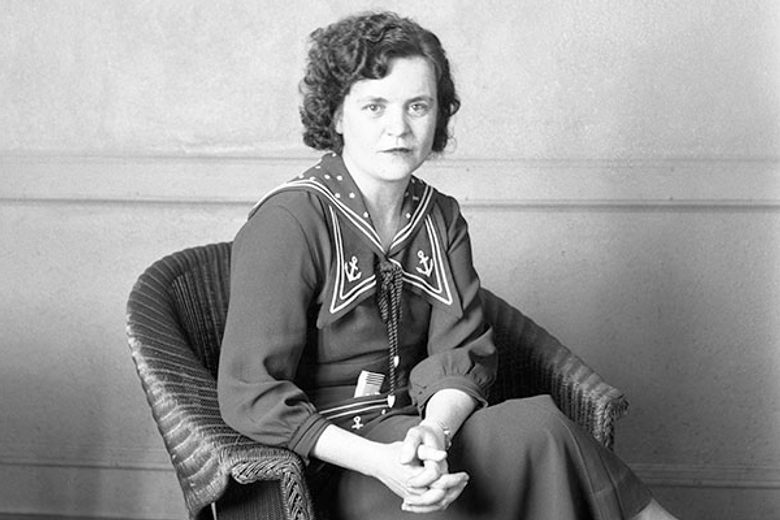

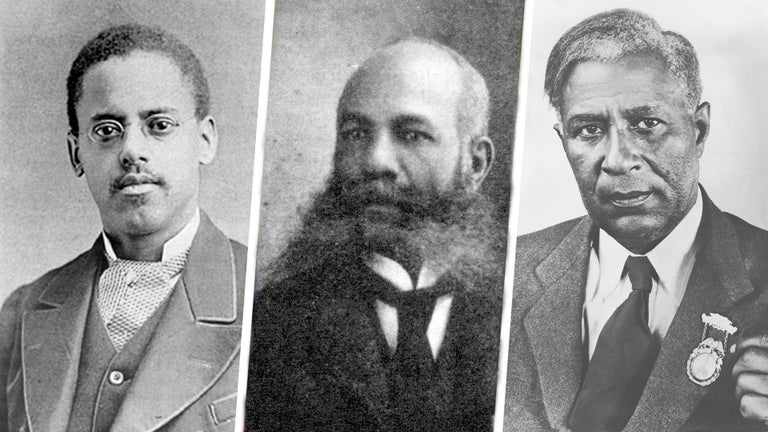


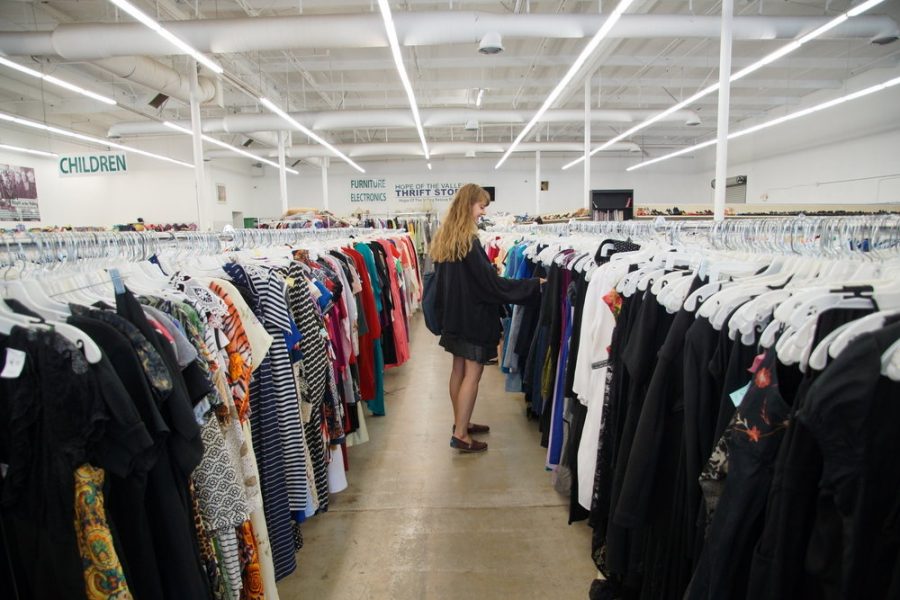

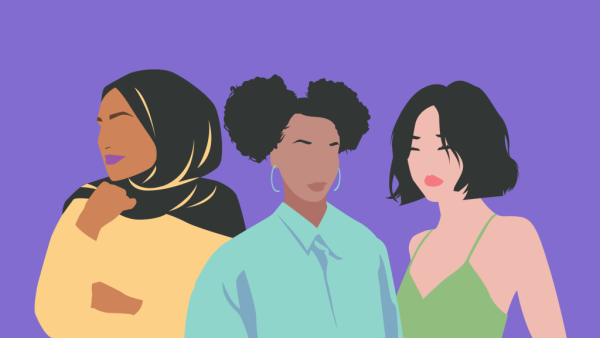
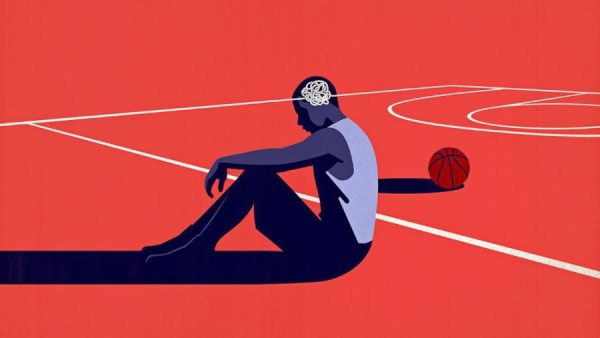
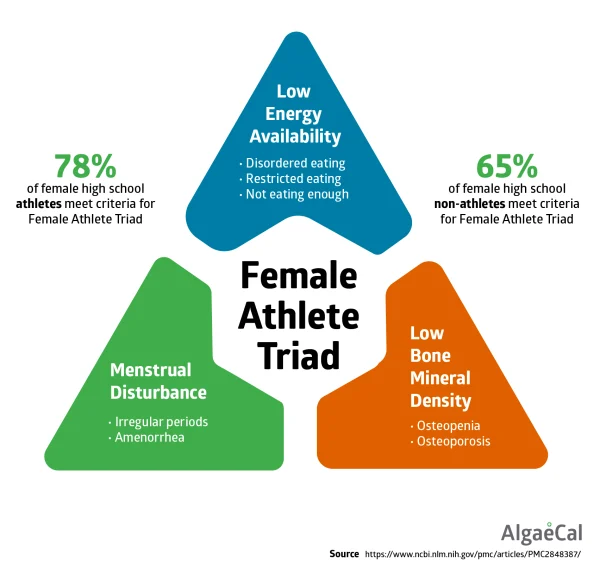

Tamaira Wilkes • Nov 2, 2020 at 4:09 pm
Wow! I myself thrifted as a teenager. I didn’t realize all of the negative impacts. Thank you for bringing this to light. I definitely learned something new.